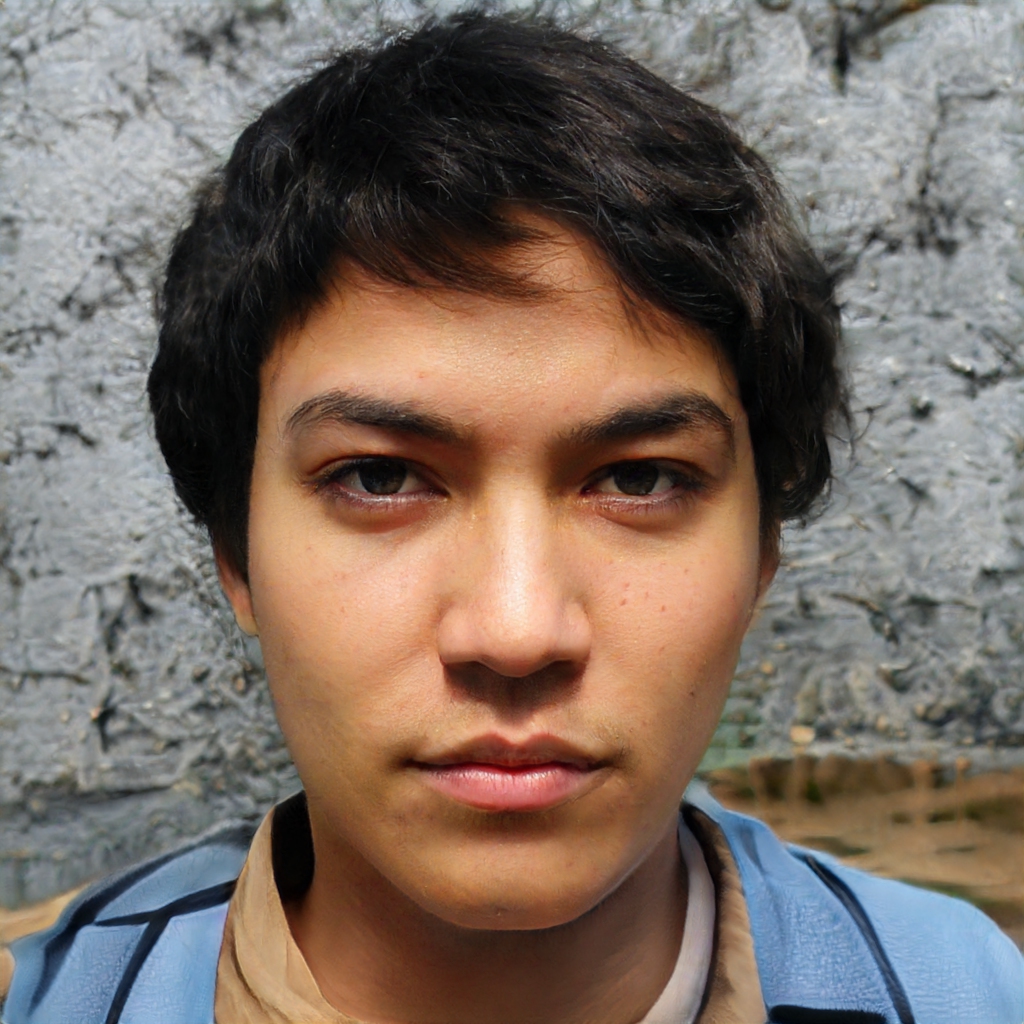29 March, 2022 — thoughts about the staring eyes
Question of the day: What does staring inform? How is it be related to the Diamond Sutra, my main research material? How does it related to the non-linear temporal structure?
The other questions: What this work is about? How will the work be completed as? an installation? a new media immersive work?
On the analysis of the Diamond Sutra, Nagatomo (2000) questions the conventional idea of duality and proposes the 'neither nor' think pattern (deny every thought) rather than the pattern of 'either or' ( one correct, the other is incorrect). It is an interesting statement when he made a 'space' between the deem of oneself and the othering of the other beings:
In the everyday standpoint of the `foolish, ordinary people’ when they assume the `natural standpoint’, a subject stands `here’, while a material thing exists `out there’ as an object, wherein a spatial distance separates them. In coming to know a material thing, the subject must objectify it and thus distance itself from the object, although in this operation no question is asked regarding the presuppositions and projections which the subject brings to the process of knowing. Note that the distinction between `here’ and `there’ is established in the subject as a referential point from the side of the subject, and as such this distinction is relative to the subject. In this scheme, knowledge does not obtain if there is no subject apart from the object, or conversely if there is no object apart from the subject. One presupposes the other for knowledge to obtain.(Nagatomo, 2000, p. 219)
Thus, the subjectivity and objectivity "'face' each other" (Nagatomo, 2000, p. 219). Such a position as facing each other provides an impression of staring at. The position is also found in the ancient epigraphic writing of the Chinese character 相 which is frequently seen in the Diamond Sutra. I then went on copying this Chinese character in some different styles, in order to understand it. However, it is still undecided how to reveal a more profound idea of this Chinese character and the Diamond Sutra.
Inquiry itself is the behaviour of a questioner, and therefore of an entity, and as such has its own character of Being. When one makes an inquiry one may do so 'just casually' or one may formulate the question explicitly. The latter case is peculiar in that the inquiry does not become transparent to itself until all these constitutive factors of the question have themselves become transparent. (Heidegger, 2001, pp. 24-25)
Heidegger, M. (2001). Being and time (J. Macquarrie; & E. Robinson;, Trans.; 21. reprint. ed.). Blackwell Publisheer Ltd. (Original work published 1927)
Nagatomo, S. (2000). The logic of the Diamond Sutra: A is not A, therefore it is A. Asian Philosophy, 10(3), 213-244. https://doi.org/10.1080/09552360020011277



Comments
Post a Comment